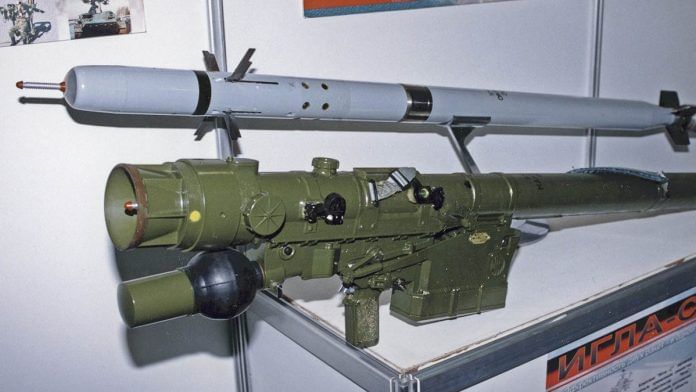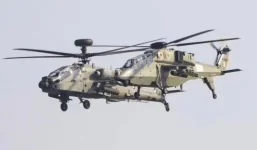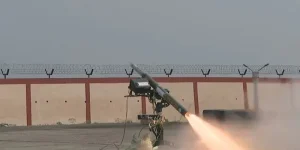
The Indian Army is on track to significantly boost its air defence capabilities with the impending arrival of the Russian Igla-S very short-range air defense systems (VSHORAD). A key aspect of this procurement is that the systems are being partly assembled in India by Adani Defence Systems and Technologies Limited (ADSTL) under a technology transfer agreement with Russia's Rosoboronexport.
The Igla-S, a shoulder-fired missile system, is designed to neutralize low-flying aerial threats like aircraft, helicopters, and drones at close range. It's a crucial addition to the Army's arsenal, plugging a critical gap in its air defence network. The order includes 48 launchers, 100 missiles, and additional equipment like night sights and a testing station.
This move not only strengthens India's defence posture but also represents a significant step towards greater self-reliance in defence production. While the missiles themselves are imported from Russia, the assembly of certain components within India marks a move towards indigenization.
The delivery of these Igla-S systems, expected by the end of May, comes on the heels of the resolution of a long-standing payments issue between India and Russia, which had held up several defence deals. This breakthrough, facilitated by the use of national currencies, is expected to pave the way for smoother future collaborations.
In addition to the Igla-S, the Indian Army is also set to receive the first of two Israeli Hermes-900 Medium Altitude Long Endurance Unmanned Aerial Vehicles (UAVs) next month. These developments, along with ongoing efforts to develop indigenous defence systems, underscore India's commitment to modernizing its armed forces and ensuring its security in an ever-evolving geopolitical landscape.



